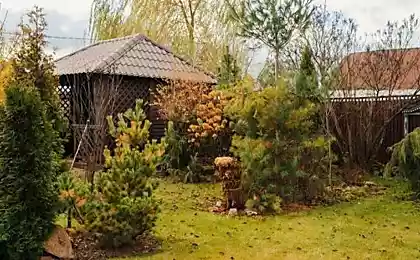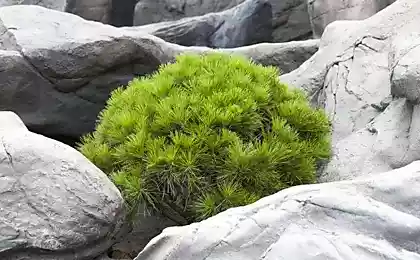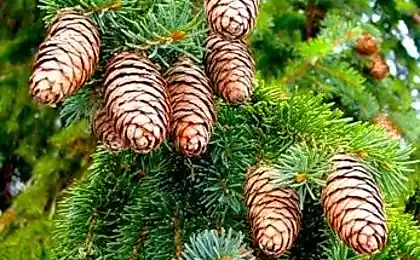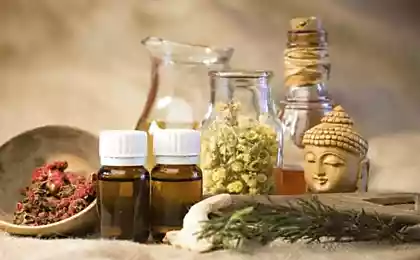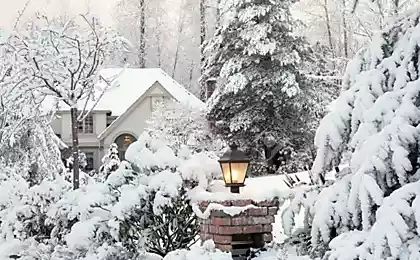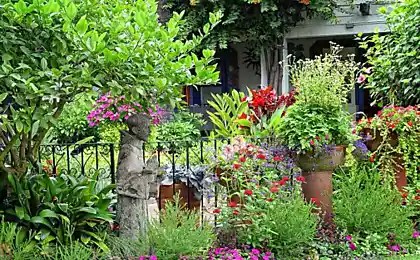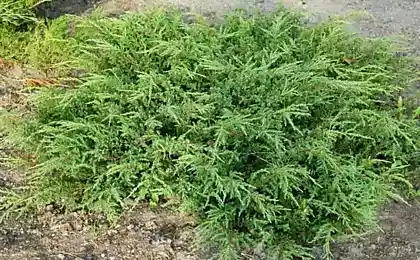169
Why is the needle yellowing at the site
Now coniferous plants are in fashion, which can please the owners of garden plots for many years with juicy greenery, revitalizing the boring winter landscape. But not everyone knows about the characteristics of their cultivation.
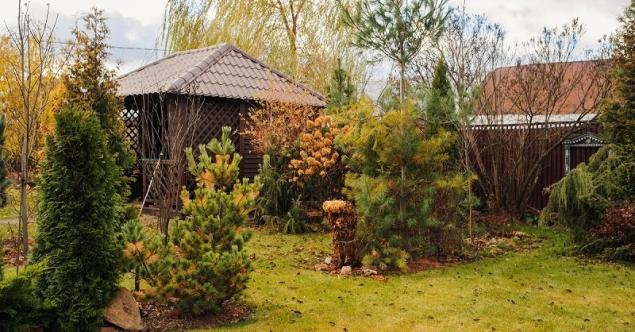
DepositPhotos
Sometimes the evergreen trees and shrubs bought in the store begin to turn yellow. To save them, it is necessary to analyze the mistakes made and find the reasons that caused the yellowing of the needles.
To the yellowing of evergreen plants leads, as a rule, a whole complex of reasons. The problem can be in the wrong care, and in errors during landing, and in the lack of nutrition.
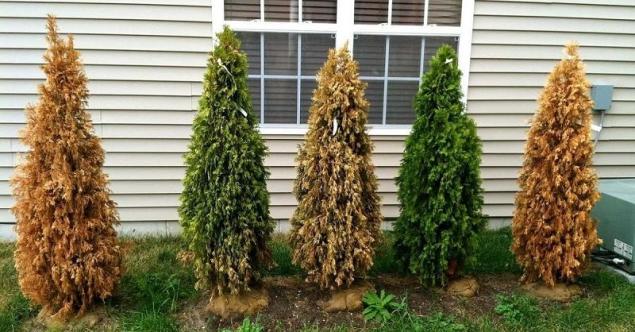
"Site" will name the main causes of yellowing needles in order of their importance and tell about the methods of treatment.
Do not despair if the needles fly around strongly and most twigs look naked. With proper care and regular watering, the plant can be saved.
Autumn planting of trees and shrubs has its own important specifics, without which it is easy to destroy planted plants. "Site" will tell you how to meet the timing of planting and measures to prepare the plant for the winter cold.
Not all trees can be planted near homes. Some can cause allergies or damage your home. And many are also associated with folk signs and superstitions. Our editorial staff found out which trees should not be planted near the house to avoid misfortune.

DepositPhotos
Sometimes the evergreen trees and shrubs bought in the store begin to turn yellow. To save them, it is necessary to analyze the mistakes made and find the reasons that caused the yellowing of the needles.
To the yellowing of evergreen plants leads, as a rule, a whole complex of reasons. The problem can be in the wrong care, and in errors during landing, and in the lack of nutrition.

"Site" will name the main causes of yellowing needles in order of their importance and tell about the methods of treatment.
- Lack of watering
Many coniferous trees are able to withstand severe frosts, but suffer from drought. The fact is that conifers have a surface root system. In addition, the crown, especially in large specimens, prevents rains from soaking the soil - under thick spruces is always dry. If the rains in autumn were not enough, then the plants are experiencing a state of drought, as their needles continue to evaporate moisture until the very frost. In dry autumn, abundant watering will allow plants to store moisture in sufficient quantities.
Saplings in containers can be dried when stored in the store. Before selling them, they are abundantly watered, but small suction roots of the plant have already died, so this does not save the situation. The first time after planting, such plants require regular and abundant watering.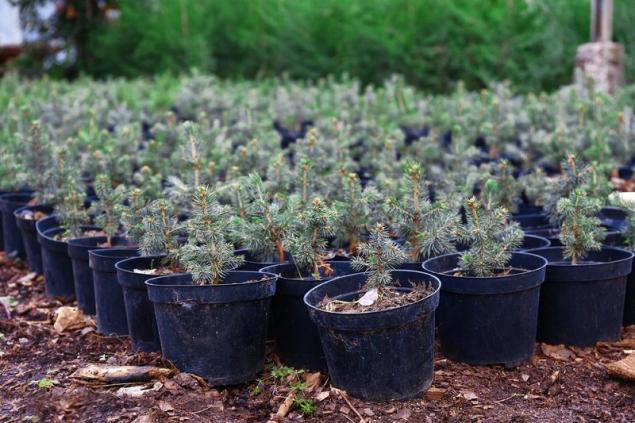
DepositPhotos - Wrong landing.
First, make sure that the landing pit is 1.5-2 times larger than a coma. Secondly, the root neck should not be buried. Focus on the soil level that was in the container. With too late planting, seedlings do not have time to take root, and needles continue to evaporate moisture even in winter. Therefore, the plant is dehydrated, the needles turn yellow and dry.
Excessive digging into the soil, the proximity of groundwater, the application of a large amount of mineral fertilizers during planting, the absence of a mulching coating that restrains the evaporation of moisture from the soil, can also adversely affect the health and immunity of the seedling.
DepositPhotos - Spring burns
In March, daylight begins to increase, and for plants it is a signal that it is time to wake up. Needles come to life, juice movement begins, moisture and nutrients are required. But the soil is still frozen, and the roots cannot extract moisture! In this regard, the needles begin to suffer from dehydration and dries. Therefore, at the end of February, the plants are tied with twine and loosely wrapped with bags or light cotton fabric, preferably in several layers. The use of plastic film is unacceptable (everything will be denied). The older the plant, the more resistant it is to solar radiation, but up to five years it will have to be covered.
If the tree has already suffered from burns, you do not need to wait for it to bleed whole and crumble. It helps to water the soil directly under coniferous trees so that it thaws faster. Pour 4-5 liters of room temperature water under a young tree, 10 liters under an adult.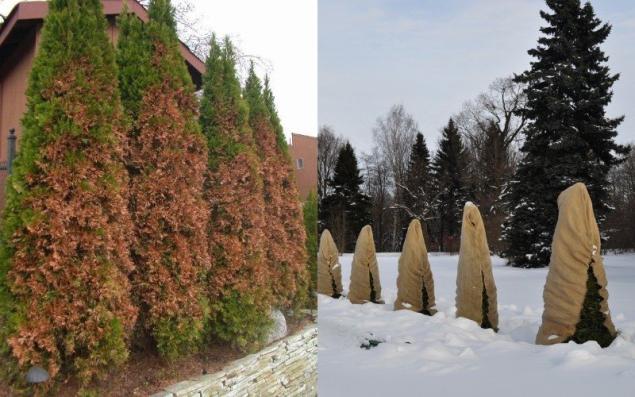
- Pests and diseases
Tueva or spruce It affects various types of thuya, prickly spruce, Serbian spruce, Sith spruce. Aphids can be detected by substituting a sheet of white paper and tapping on a branch. When it appears, it is recommended to repeatedly spray trees with potash soap, infusions of garlic, wormwood and other herbs.
When the foliage is damaged, the needles not only turn yellow, but also are braided with a web, inside you can see caterpillars eating foliage (larvae). Repeatedly treat the affected shoots with a solution of liquid soap or remove. In case of severe insect infection, use chemical insecticides.
If you notice that the bark breaks off easily, and there are passages and holes under it, then stem pests have tried. The most common of these is the lubricant. To get rid of these insects, you need to treat plants with insecticides in May-June.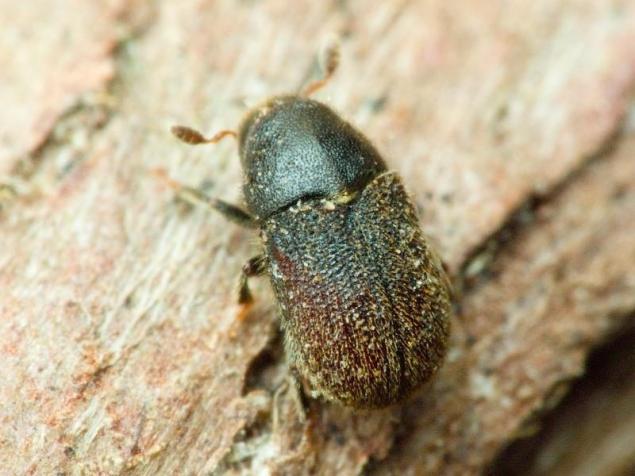
If a healthy seedling was purchased and no mistakes were made during its planting, watering, care and preparation for the winter, then fungal diseases can be the cause of yellowing of needles - schuttFusarosis, rust and others. The appropriate fungicidal drugs can help here.
- Nutrition deficit
With problems with the root system or poor soil, all conifers slowly but surely turn yellow and dry. The lack of trace elements quickly compensates for watering with liquid fertilizer. Preferably "long-playing" granules or liquid feeding. In any case, fertilizer must necessarily contain magnesium.
Do not despair if the needles fly around strongly and most twigs look naked. With proper care and regular watering, the plant can be saved.
Autumn planting of trees and shrubs has its own important specifics, without which it is easy to destroy planted plants. "Site" will tell you how to meet the timing of planting and measures to prepare the plant for the winter cold.
Not all trees can be planted near homes. Some can cause allergies or damage your home. And many are also associated with folk signs and superstitions. Our editorial staff found out which trees should not be planted near the house to avoid misfortune.







